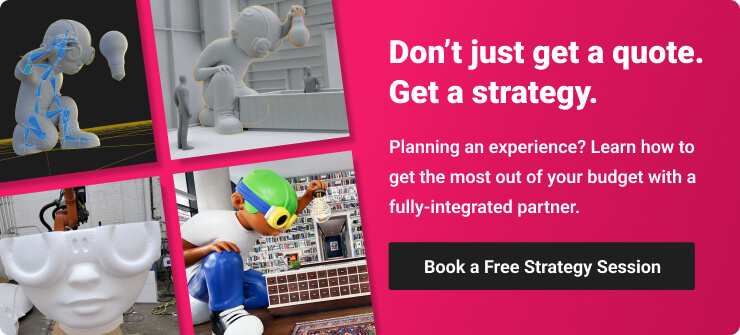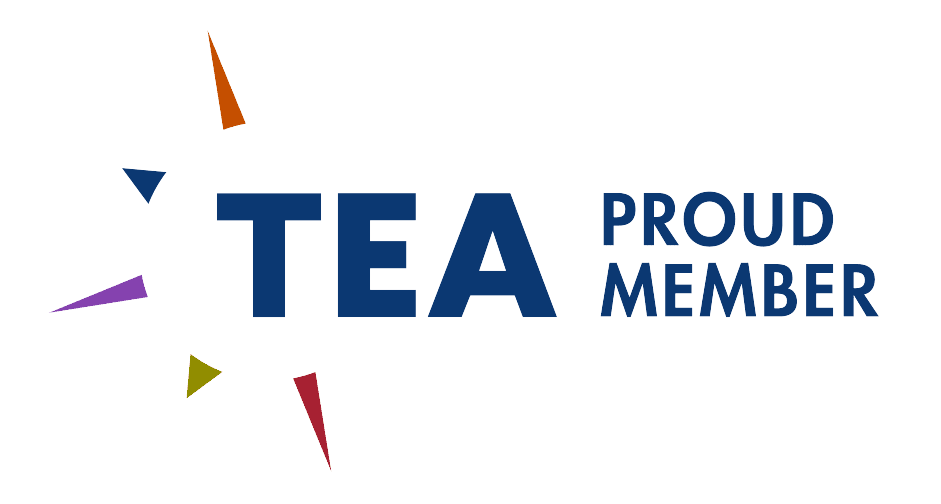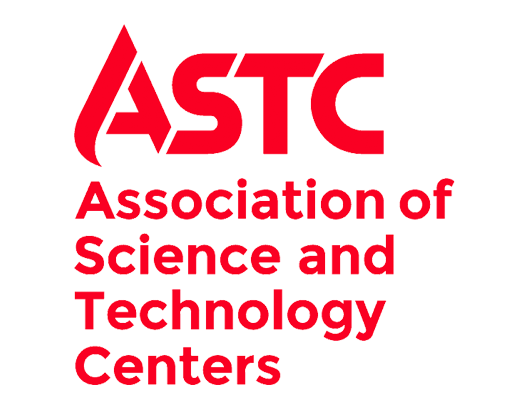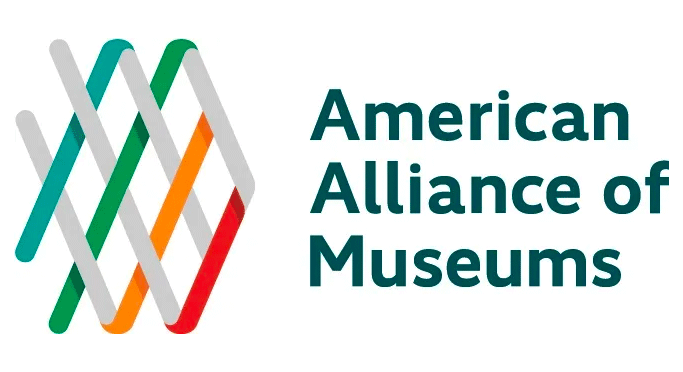From mall-pop ups to branded trade show booths to unique hospitality interiors, custom fabrication has become almost ubiquitous in commercial spaces. Driven by consumers’ desire to have truly original in-person experiences and brands becoming increasingly sophisticated in their approach to experiential marketing, it’s no surprise that custom fabrication is having something of a moment.
But as a brand, searching for the right custom fabrication partner can be frustrating… After all, custom fabrication includes a wide breadth of industrial and manufacturing applications as well as specific vendors like steel fabricators and parts specialists. Thankfully, studios for brand-driven custom fabrication do exist, and the best ones have an incredible variety of materials and technologies at their disposal.
If you’ve never peeked behind the curtain of this type of custom fabrication shop, it can be difficult to imagine how these projects come to life. From 16’ long 3D printed Chinese dragons to an oversized duck pull toy for the Graduate Hotel in Eugene, Oregon, there is almost no end to what can be made using custom fabrication.
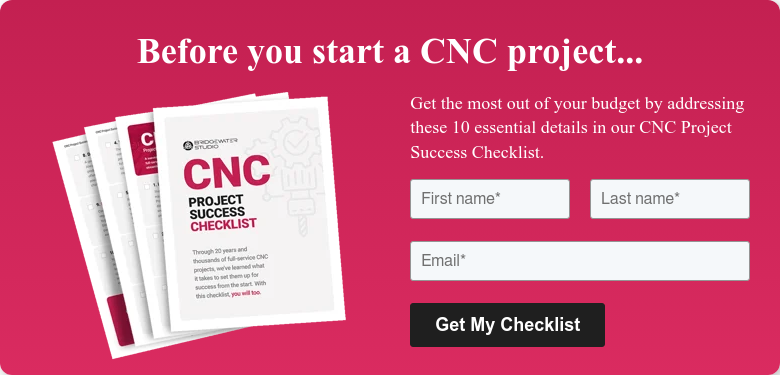
What is Custom Fabrication?
Custom fabrication is manufacturing or inventing something specific to an individual’s needs and end-use requirements.
Although resources for industrial custom fabrication are plentiful – steel shops and metal fabricators that specialize in high-volume production of custom parts – custom fabrication for brands is a more niche industry. Here the objective is frequently to create a single original product, using a multitude of materials and techniques to help tell a story or deliver an experience.
While this term broadly applies to anything specialized and made ‘from scratch,’ for brands custom fabrication is tailored to the aesthetics, values, or message of the brand. Below, we’ll walk you through how custom fabrication works – from the moment an idea is born, to the day the final product is installed.
5 Essential Steps in Custom Fabrication
This is the strategy phase. Here the brand and the fabrication studio get into alignment about where the project is creatively and what still needs to be done. Budget and timeline are taken into consideration as well as logistics including transportation, scheduling, installation, safety, permitting, and final location constraints are considered alongside the tactical elements of how to go about fabrication. Various approaches are considered to make the most of the budget and to meet the needs of the product’s end-use and destination.
Concept Design
The design phase begins by exploring the overall look and feel of the product. Now the concept begins literally taking visual shape. Sketches are made. Mood boards are created. Often block or basic 3D models are created. In the background, decisions are made to ensure the budget is in balance, the end-use intent is considered, and the fabrication itself is feasible. The process is collaborative and iterative, with the two parties providing feedback and making edits until a consensus is reached.
Visualization & Design Development
Now that the concept has shape, dynamic digital schematics and aesthetically pleasing 3D renderings are created to help visualize touch points, clarify dimensions and scale, and finalize graphic elements. These highly detailed models allow brands to move forward with confidence that the final product will be in alignment with their brand and meet their needs spatially, functionally, and aesthetically. Next, the finalized designs move into engineering, where construction documents are created and any A/V elements are incorporated.
Fabrication
Depending on the design concept, budget, and end-use, different techniques such as 3D printing or CNC fabrication will be used to create each component of the project. As individual elements are built, they are then assembled and finished by hand, all to the specifications in the design documents. Finish samples and photo and video documentation are provided to the brand throughout this stage ensuring the project stays on track and in alignment with the brand’s intent.
Shipping & Installation
Last but not least, the finished product is packaged, then shipped, and installed on-site. Any operational documentation is provided at this time and a final walk-through is done to ensure all project specifications were met.
Ready to Work with the Right Kind of Custom Fabrication Partner?
Custom fabrication allows brands and institutions to bring totally original concepts to life to the delight of customers, guests, and employees alike. The vast array of materials, digital technologies, and fabrication options also means that there may be more than one approach to making an idea a reality. Understanding how custom fabrication works will help you ask better questions from the start, and guide you in choosing the right partner for your project.
At Bridgewater Studio, we specialize in helping brands bring incredible concepts to life. We own the entire process so from ideation to installation, you have just one partner, ensuring that your custom fabrication project comes together seamlessly. Schedule an introduction to Bridgewater Studio today and get a free plan for your next custom fabrication project.
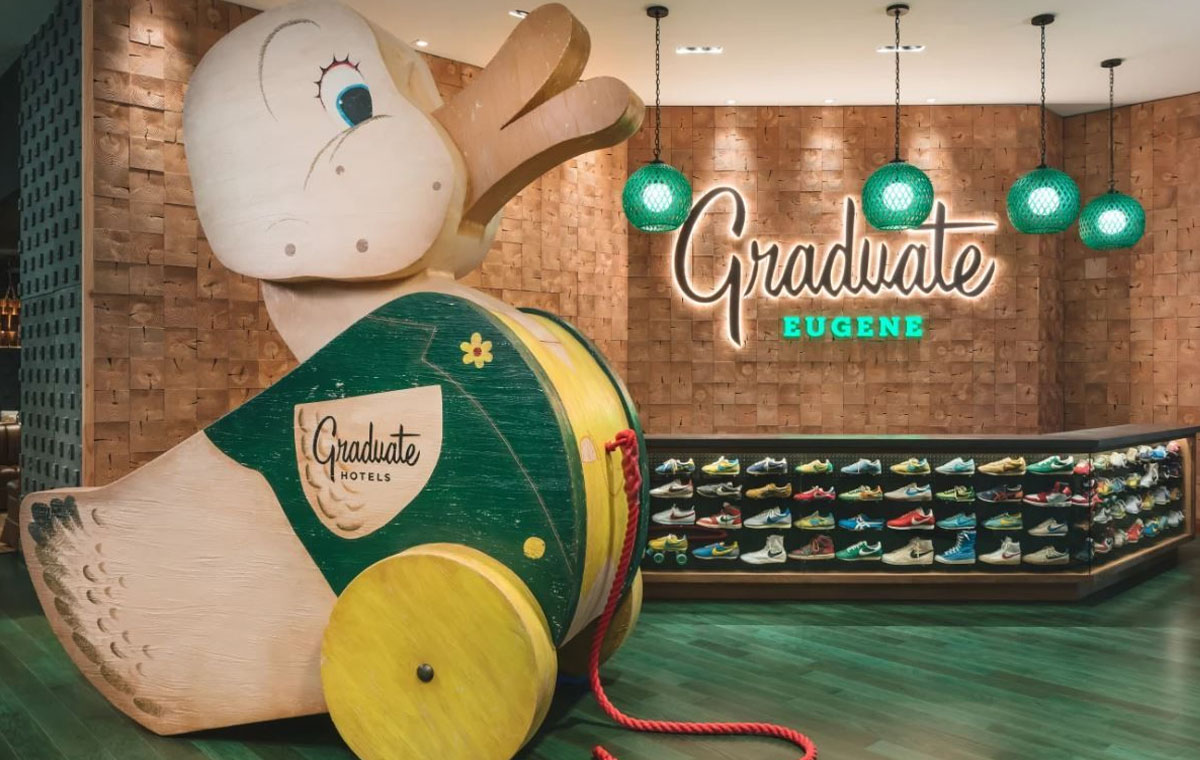

.png)
.png)
.png)
